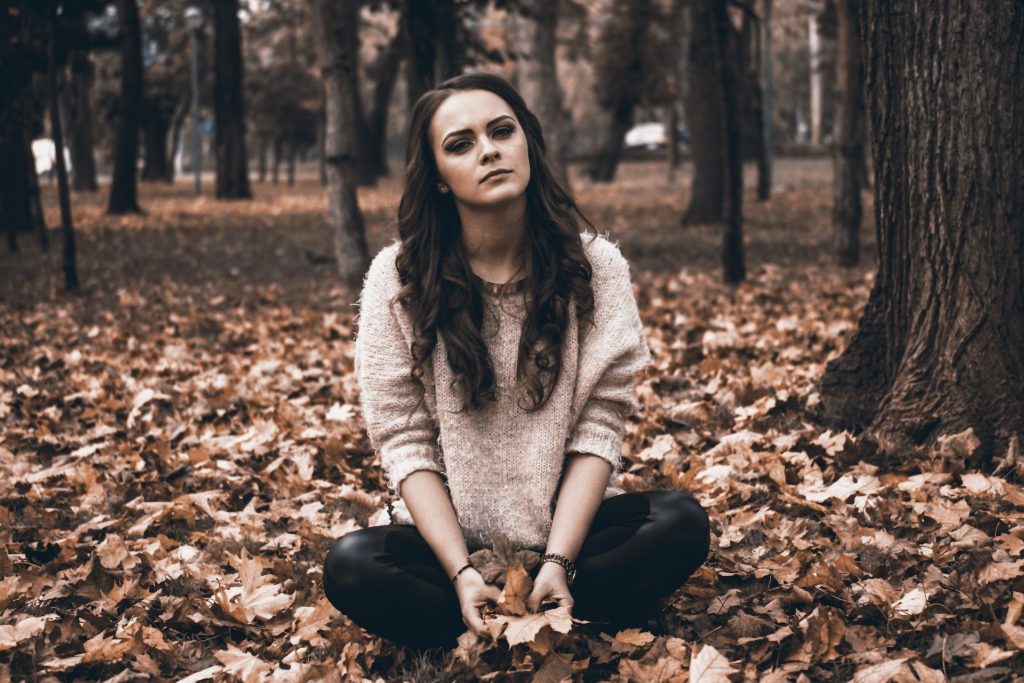I recently revisited one of my favorite Pixar movies, Inside Out, and remember this dialogue that the emotion Sadness tells Joy, when asked to stop crying because all the emotions are trying to make Riley (protagonist) happy:
“Crying helps me slow down and obsess over the weight of life’s problems”
I have to admit that sadness is one of my favorite emotions and I am going to totally love writing about it. I just hope I can keep it to word limit target I have given myself to make the post more readable.
How Do We Look at Sadness?
Sadness is almost looked upon as a disease these days. Not only do people stay away from those who are sad, they also feel awkward and uncomfortable when they are in the presence of someone going through a tough time. We also do not want to see ourselves as someone who is pulling the vibe or energy levels of a place down. So, we hide it from others and we hide it from ourselves too.
Looking at sadness in this manner has taken away the one biggest strength that this emotion has – the ability to connect us with other people.
We are expected to put on a mask and show to the world that we are immune to disappointment, frustration, grief, setbacks, and discomfort. The effort that it takes to keep that mask on, all the time, takes away vital life force away from us.
One of the main reasons why sadness has become such an unwanted emotion today, is because it is considered to be an unproductive emotion. It does not propel you to action. On the other hand, sadness makes you stop doing whatever you are doing.
Our social structure tells us to ‘toughen up’, ‘take things in your stride’, and ‘get over it’ and we take the message home that no one wants to be in the presence of a sad person and no one wants to hear about what you are going through.
Since we are constantly looking for external validation via likes on Facebook and followers on Twitter or Instagram, we make extra effort to appear ‘not sad’ and ‘joyous’ all the time. Facebook sees uploads of vacation pictures and birthday bashes, Instagram is all about your talents, looks, and video skills, and LinkedIn, too, is a place to only tout your achievements, success, certifications. None of these virtual platforms applaud those sharing their grief, hard time, or challenges.
The Necessity of Sadness

Sadness is a warning sign that comes with a lot of loss of energy. We feel still, unable to move, or act productively. In fact, the emotion sadness tells us to stop and take a deeper look inside and to figure out the real reasons for things not being the way you want them to be. It is a call for us to connect with ourselves at another level.
Sadness also tells us to take better care of ourselves. It is a sign for us to indulge in some rest and relaxation and allow ourselves some time off from the madness around us to recuperate and get back (by obsessing over the weight of life’s problems, as mentioned by the emotion Sadness in the movie Inside-Out).
It is this melancholy feeling that has given rise to some of the most poignant pieces of art, music, creativity, and understanding of self and the universe.
When we fight sadness and do not allow it to ourselves, we tell ourselves that sadness is a sign of weakness. In such criticism of a feeling, we also take away our own ability to self-actualize.
When we do not allow our sadness to manifest, we also miss out on connecting with the people who would otherwise stand with us during tough times. In fact, we miss out on this major opportunity of making real and deep connections with other people that can transform into meaningful relationships.
Managing Sadness
When we ignore feelings of sadness and put on a mask for the outside world (and often for ourselves too), we continue to lose energy; the energy that we are being told we do not have and need to preserve. We get up in the morning and go about our daily tasks as if there is nothing that needs attending to. With such utter depletion of energy, we push ourselves deeper into a depressive state…the kind of depression that most people cannot see behind the mask of (so-called) normalcy.
A Chinese proverb goes like this:
“You can’t prevent the birds of sadness from flying around your head, but you can prevent them from making a nest in your hair.”
Here is what you should do when you feel sadness:
- Do not ignore – This is the most important aspect of managing sadness. Pay attention to your feelings of sadness lest they develop into depression and lead to devastating consequences. Acknowledge the feeling of sadness and accept it as just another emotion that you allow yourself.
- Deep dive within – Heed what sadness is telling you and spend some time with yourself figuring out what is wrong and what you can do about it. There will be some cases where you may have no control. In such cases, the best way is to be with yourself, allow yourself to grieve, and emerge with higher levels of energy are the best way.
- Reach out – Shed your myth about sadness and reach out to your tribe of people who care for you. When you share your true feelings, true friends and well-wishers will be there to support you and be there for you. Allow others to help you in this phase.
- This too shall pass – Remind yourself that sadness (just like all other emotions) is not permanent and this feeling (however deeply and strongly you might feel it now) will also pass. In the meantime, you can meditate, listen to music (sometimes melancholy music that makes you cry too), journal, and continue to connect with yourself and others, while taking care of what ‘you’ need.
Lastly, to understand the importance of sadness in our lives, go see the movie Inside-Out, if you have not done so already. If you have, go watch it again with this new perspective and knowledge!
Read about the other emotions too here – Anger; Fear; Joy.
To speak to me about your emotions and how better to manage them, book an introductory session with me here.


Recent Comments